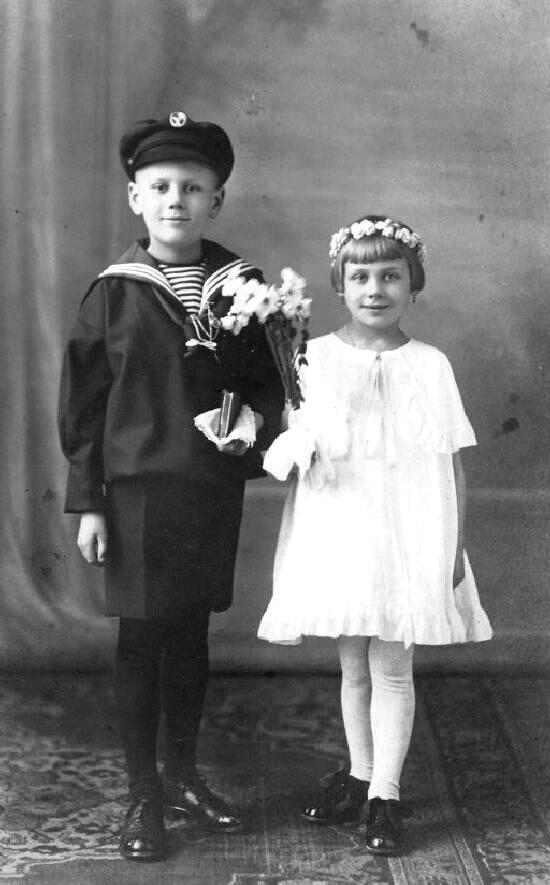
Figure 1.--Here we see two German children in the 1920s, presumably doing their First Communion. We woukd say that the boy is wearing short pants rather than kneepnts. There are two reasons for that. First the pants are cut abive the knee. Second there are no ornamental buttons at the leg hem. /i>

